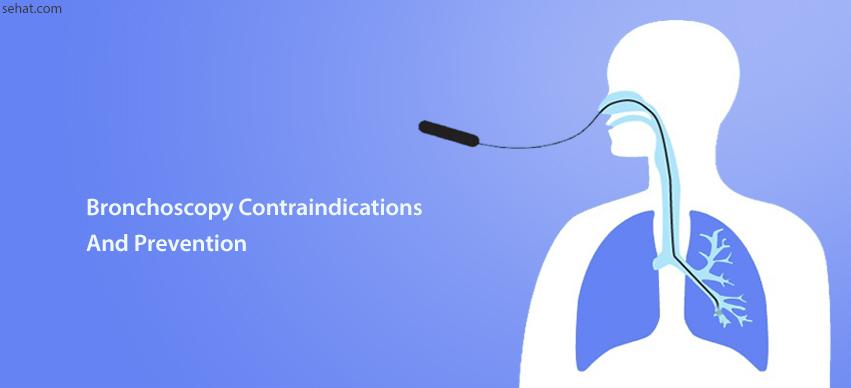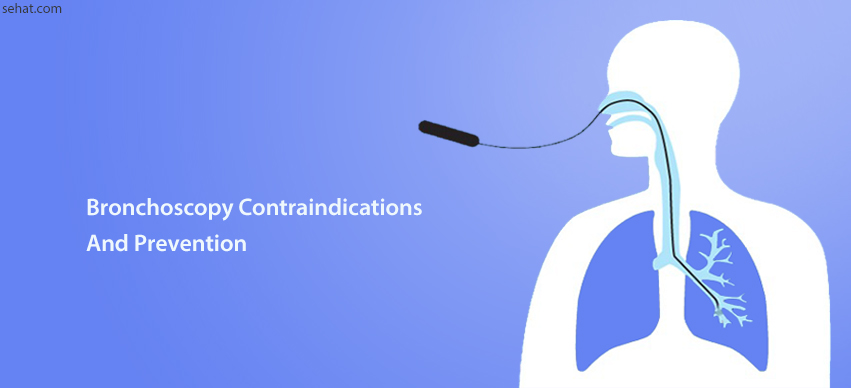
Things You Should know About Bronchoscopy
Since it’s an introduction by Ikeda in the late 1960s, flexible bronchoscopy has become a key diagnostic and therapeutic procedure performed by most Pulmonologists.
- Bronchoscopy routinely is done in Bronchoscopy Suit or Room but it can also be done bedside (in ICU). A bronchoscope is a tube light structure having a camera on one end and eyepiece on another hand. We can attach video system in the camera end and see on a large screen or monitor.
- Flexible Bronchoscopy is routinely done through the nose but in case of the narrow nasal passage, this can be done though mouth also. Rigid Bronchoscopy is possible only through the mouth.
- During Bronchoscopy procedure, we can see posterior pharynx, epiglottis, larynx, vocal cords, main trachea, carina (bifurcation of the trachea), right and left mainstem bronchus and segmental bronchi and bronchioles.
- Any abnormality in above-mentioned structure can be seen by Bronchoscopy.
There Are Two Types Of Bronchoscopes Available
- Flexible Bronchoscope: This is widely used because of ease of use and flexibility. For diagnostic purposes, flexible bronchoscopy is best. Nowadays many interventions like Laser, Stenting etc are done by flexible scopes.
- Rigid Bronchoscope: This is mostly used in special conditions like foreign body removal from the trachea, debunking of Tumour, Stent placement in trachea etc. So it is not commonly used.
By enlarge, if you are talking about bronchoscopy, it is flexible bronchoscopy unless and until specifically mentioned about Rigid Bronchoscopy.
Indication For Flexible Bronchoscopy
- Malignancy: Diagnosis and staging of bronchogenic carcinoma
- Infections: Recurrent or unresolved pneumonia, cavitary lesion on chest x-ray
- Unexplained lung collapse, localized wheezing
- Hemoptysis, unexplained chronic cough
- Stridor and foreign body removal
- Tracheobronchial stricture and stenosis etc
Indications of Bronchoscopy In ICU
Since flexible bronchoscope is a mobile and handy instrument, we can easily do bedside bronchoscopy in ICU patients who cannot be shifted to bronchoscopy room. For the procedure, light source, suction machine, and oxygen supply are needed and these all are easily available in ICU set up. Common indications for bronchoscopy in ICU are
- Intubation: In difficult Airway, intensivist asks for bronchoscopy guided endotracheal tube intubation
- For taking BAL (bronchoalveolar lavage) in very severe and non-resolving pneumonia
- To place Stent in very severe narrowing of Airway lumen
- Pulmonary Toilet: This is the most common indication in ICU. In simple words, this is to suction all the secretions (mucus and expectoration ) from the lung when the patient is comatose or not able to cough out secretions.
Contraindications of Bronchoscopy
Bronchoscopy has been shown to be a safe procedure since it’s the early beginning. Although generally a safe procedure, the risk of complications of bronchoscopy are increased in the presence of several conditions. There is no absolute Contraindication for bronchoscopy.
Relative Contraindications or conditions in which more cautions needed are
- Coagulation disorder like Thrombocytopenia (low platelets), raised Prothrombin Time (PT), Activated Partial Prothrombin Time (APTT) etc.
- Diseases which are having Coagulation disorders are Cirrhosis of the liver, fulminant hepatitis, an acute viral infection like dengue, acute renal failure, leukemia etc.
- Malignant cardiac arrhythmia (arrhythmia which is not controlled by anti-arrhythmia drugs) like uncontrolled Atrial Fibrillation (AF), Supraventricular Tachycardia (SVT), Ventricular Tachycardia (VT), third-degree heart block etc.
- Severe congestive heart failure and acute myocardial infarction when ECG is showing active ST segment and T wave changes or Serum Troponin and CPK MB are elevated.
- Severe Hypoxia – This is commonly seen with ARDS (Acute Respiratory Distress Syndrome) due to severe pneumonia or swine flu, Type I respiratory failure etc.
For Rigid Bronchoscopy
Besides above-mentioned Contraindications, the following are other Contraindications
- Intubated Patient: Rigid Bronchoscopy is not at all possible in a patient with an endotracheal tube.
- Patients with severe Submucous Oral Fibrosis (SMOF). This condition is common in chronic tobacco chewers. In this condition, mouth opening is very small where we can not pass Rigid Bronchoscope.
- Patients with large oral cavity mass like oral cancers where we can not pass Rigid Bronchoscope.
How To Prevent These Complications
- During any invasive procedures, complications are bound to occur.
- But we can minimize the complications by thorough pre bronchoscopy workup which includes CBC (complete blood count), ECG, 2d echo (in all cardiac patients), TMT (Trade Mill Test) in indicated cardiac patients, kidney function test and liver function test.
- We should correct all the abnormalities prior to bronchoscopy then only post the patient for bronchoscopy.
- It is better to carry out bronchoscopy in a hospital setting (and not in OPD) to tackle any unwanted problems arising during the procedure.
- It is also mandatory to take written consent of patient as well as relative before this procedure about likely complications and its treatment.
- It is better to keep anesthetist standby during the procedure to prevent unwanted complications.

